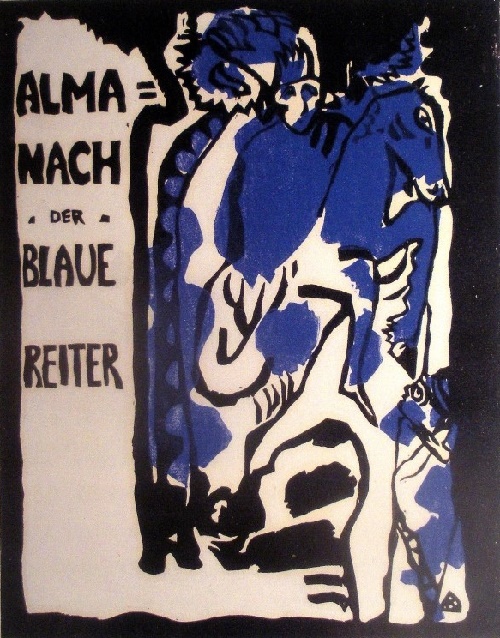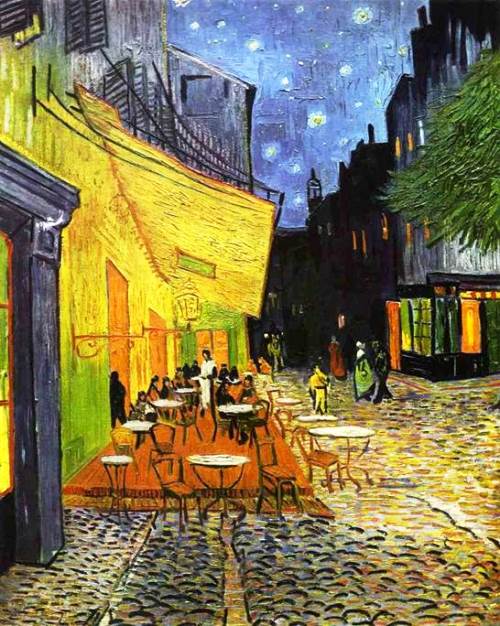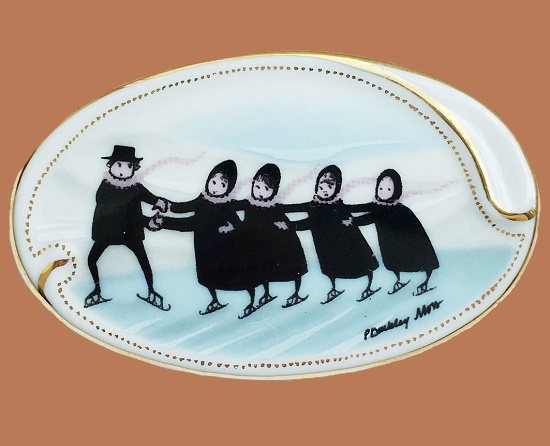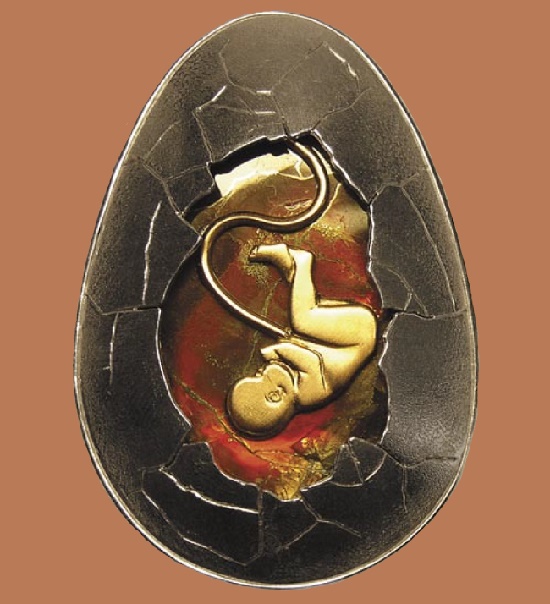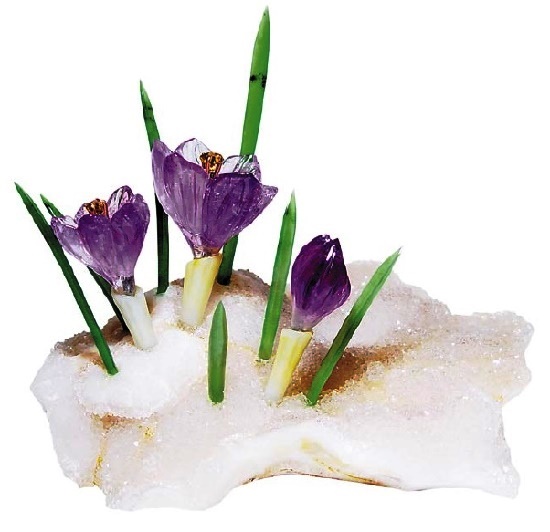Japanese artist Meetissai Internet Meme sculptures
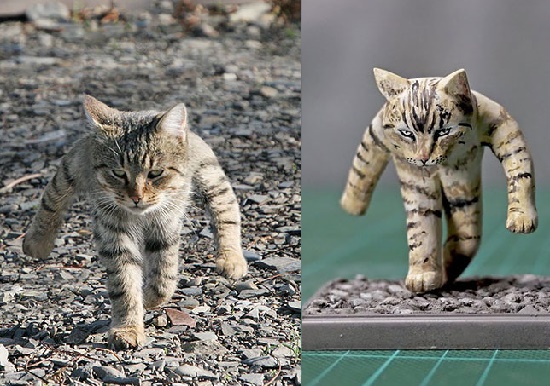
A walking cat photo (left), which has become the Internet meme and sculpture of walking cat (right). Japanese artist Meetissai Internet Meme sculptures
Japanese artist Meetissai Internet Meme sculptures
Undoubtedly, the Internet loves memes, especially when the focus is on funny animals. From time to time, scrolling through the pages of your social networks, you can find a viral image that seems to defy the limits of reality.
Traditionally, made for entertainment purposes, Internet memes spread through social networks, the blogosphere and forums. However, later memes can go beyond the Internet, for example, becoming material and inspiration for artists. One of them is a talented Japanese sculptor known as Meetissai. An enthusiast of sculpting, he decided to implement the popular memes of animals. Cats, dogs, raccoons and hares, photographed in very unusual, but at the same time funny situations, inspired the artist. He began to spend his free time making funny and realistic sculptures that he found in the dark depths of the Internet.
Read more »
